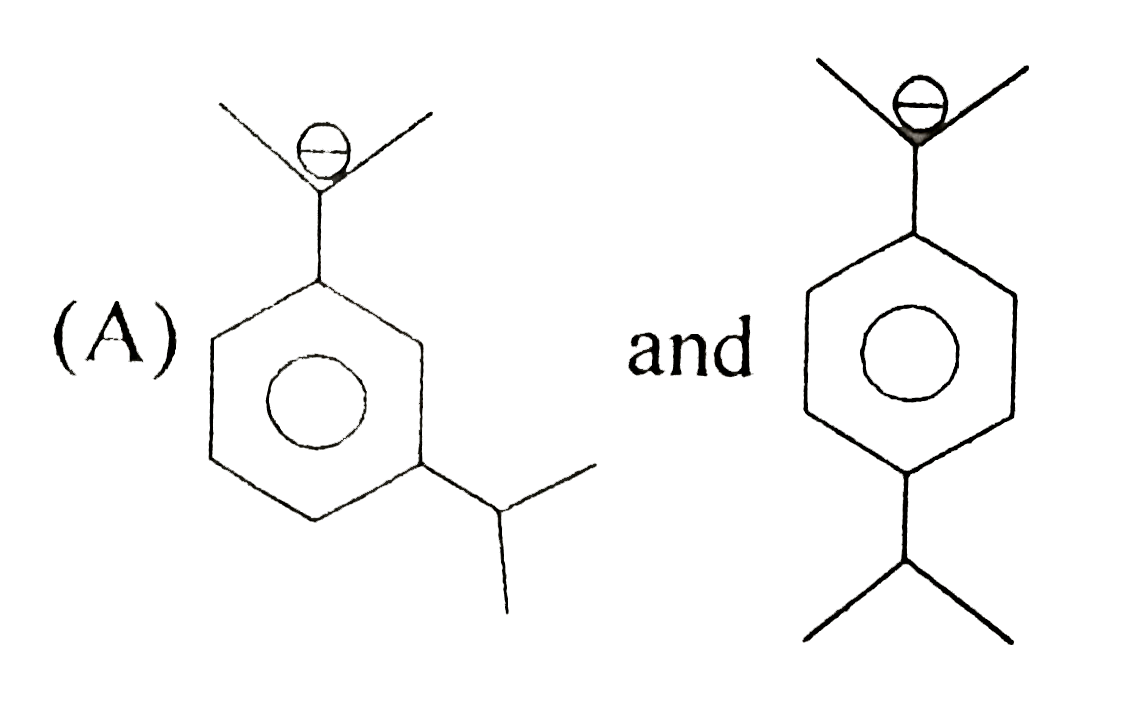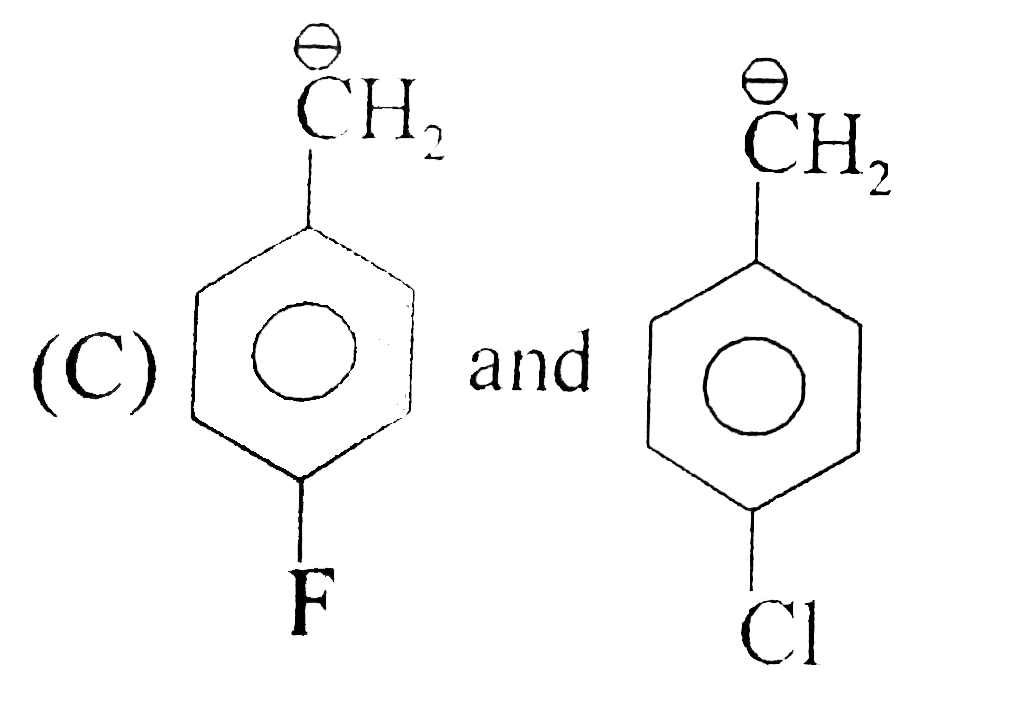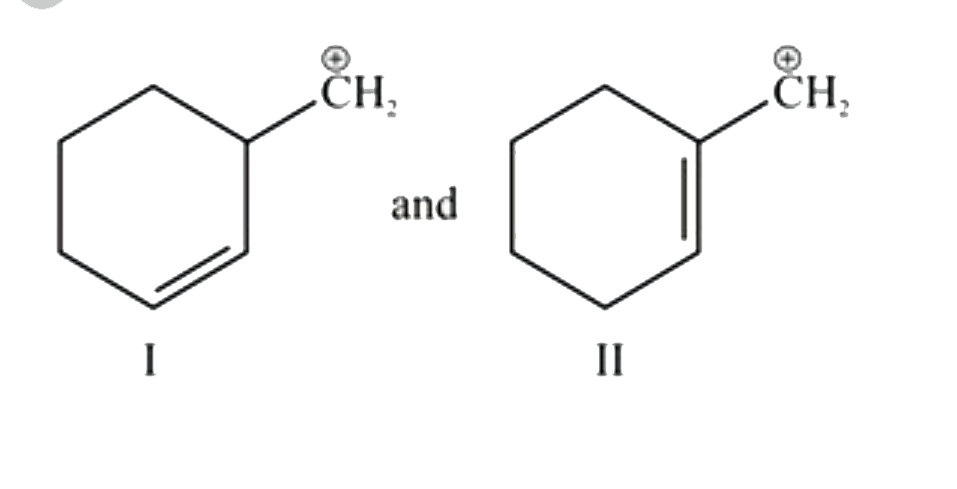Assign reasons for each of the following : (i) + 1 gallium undergoes disproportionation reactions.
(ii) Unlike In+,Ti+ is more stable with respect to disproportionation.
(ii) InCl undergoes disproportionation but TlCl does not.
(iv) In(III) is more stable than In(I) aqueous solution.
(i) Due to inert pair effect, gallium shows both +1 and +3 oxidation states but its +3 oxidation state is more stable than +1 oxidation state. In other words +1 oxidation state. In other words +1 gallium is less stable than +3 gallium and hence undergoes disproportionation (self oxidation -reduction) to form gallium metal and the more stable +3 gallium ions in aqueous solution as shown below :

(ii) Althrough both In and Ti can show oxidation states of +1 and +3 , but inert pair effect is more prominent in Tl than in In. Therefore, +1 oxidation state of Tl is more stable than its +3 oxidation state while +3 oxiation state of ln is more stable than its + 1 oxidation state. Consequently in aqueous solution, less stable ln+undergoes disproportionation to form more state In3+ but +1 thallium being more stable does not undergo disproportionation to form +3 thallium.
3In+(aq)Disproportionation−−−−−−−−−−→2In(s)+In3+(aq)

(iii) As stated above, +3 oxidation state of In is more stable than its +1 oxidation state, therefore, InCl undergoes disproportionation in aqueous solution.
3InCl(aq)→2In(s)+In3+(aq)+3Cl−(aq)
Since +1 oxidation state of Tl is more stablethan its +3 oxidation state, therefore, TlCl does not undergo disproportional in aqeuous solution.

(iv) Same as explained in answer (ii) above.
Topper's Solved these Questions
- SOME p-BLOCK ELEMENTSBOOK - PRADEEPCHAPTER - SOME p-BLOCK ELEMENTSEXERCISE - CONCEPTUAL QUESTIONS (GROUP 14 ELEMENTS)
22 Videos
- SOME p-BLOCK ELEMENTSBOOK - PRADEEPCHAPTER - SOME p-BLOCK ELEMENTSEXERCISE - NCERT QUESTIONS AND EXERCISES WITH ANSWERS (NCERT INTEXT SOLVED QUESTIONS)
27 Videos
- SOME p-BLOCK ELEMENTSBOOK - PRADEEPCHAPTER - SOME p-BLOCK ELEMENTSEXERCISE - TEST YOUR GRIP (FILL IN THE BLANKS)
20 Videos
- SOLID STATE BOOK - PRADEEPCHAPTER - SOLID STATE EXERCISE - Advanced problems
19 Videos
- STATES OF MATTER : GASES AND LIQUIDESBOOK - PRADEEPCHAPTER - STATES OF MATTER : GASES AND LIQUIDESEXERCISE - VIII. ASSERTION-REASON TYPE QUESTIONS (TYPE-II)
12 Videos
Similar Questions
Knowledge Check
In which of the following pairs II is more stable than I
A BCH3−⊕C=OandCH3−C≡⊕OC
BCH3−⊕C=OandCH3−C≡⊕OC DCH3−⊕CH2 & CD3−⊕CH2
DCH3−⊕CH2 & CD3−⊕CH2In each of the following pairs of ions in which I ion is more stable than II
AC6H5−⊕CH2IandCH2=CH−⊕CH2IIBCH2I=⊕CHandCH3II−⊕CH2C DCH3−CH−CH3 |CH3−C⊕−CH3IandCH3−N−CH3 |CH3−C⊕−CH3II
DCH3−CH−CH3 |CH3−C⊕−CH3IandCH3−N−CH3 |CH3−C⊕−CH3II
Give reaction for the following :
(a) In (III) is more stable than in (I) in aqueous solution.
(b) InCl3 undergoes disproportionation but InCl does not.
( c) Unlike In⊕,Tl⊕ is more stable with respect to disproportionation.
(d) Ga⊕ undergoes disproportionation reaction.
View SolutionHow do the following ions undergo disproportionation (i)CIO−,(ii)CIO−2,(iii)CIO−3?
View SolutionAssign reasons for the following:
(i) Formic acid and chloroacetic acid are stronger than acetic acid.
(ii) Ethylamine is more basic tham ammonia.
View SolutionIn each of the following pairs of ions in which I ion is more stable than II
View SolutionGive reasons for the following :
(i) Methane does not undergo addition reactions, but ethene does.
(ii) Ethyne is more reactive than ethane.
(iii) Hydrocarbons are excellent fuels.
View SolutionAssign reasons for the following :
(i) Copper (I) ion is not known in aqueous solution.
(ii) Actinoids exhibit greater range of oxidation states than lanthanoids.
View Solution
